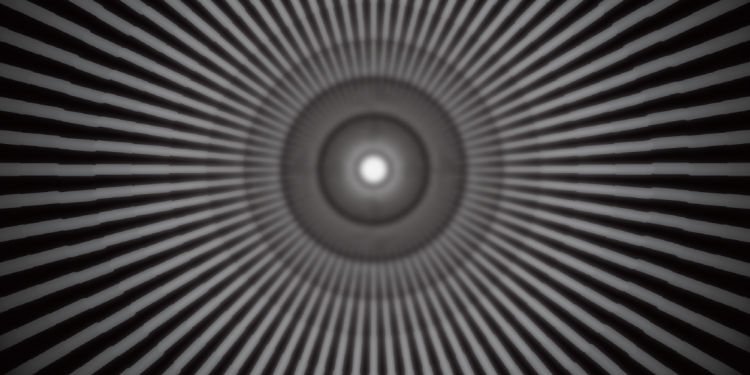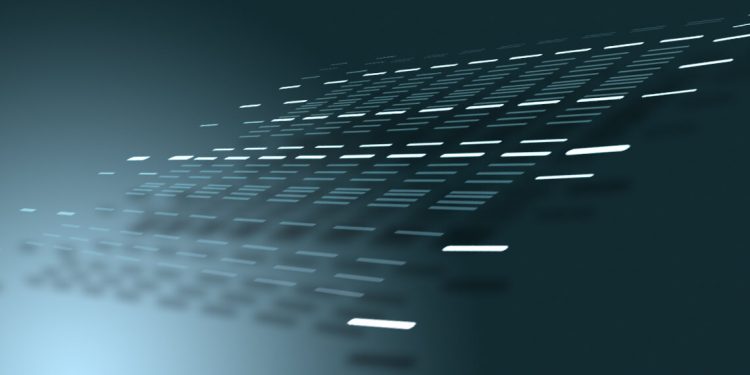
10 Tips for Western Blot Detection of Proteins Present in Tissue Lysates
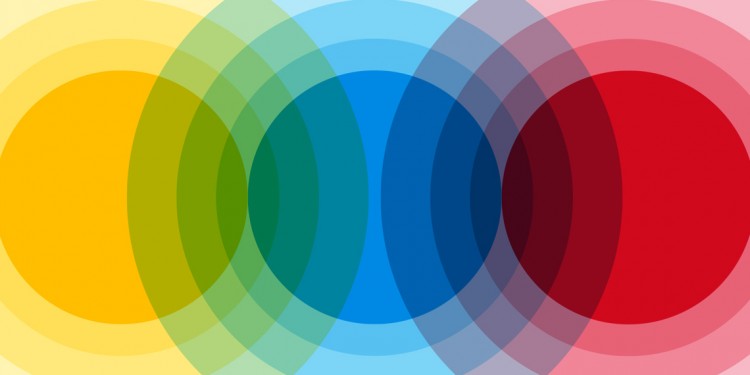
Trends in Protein Separation and Analysis — the Advance of Stain-Free Technology
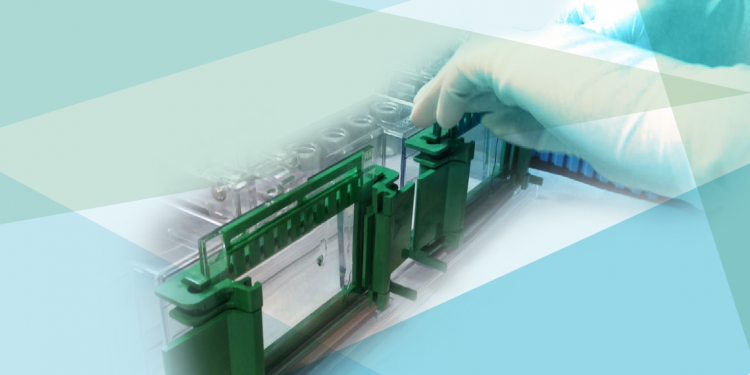
Bio-Rad’s FastCast™ Acrylamide Kits — It’s Time to Expect More from Your Handcast Gels

Revealing BRCA2 Pathways in Cancer with Bio-Rad’s V3 Western Workflow
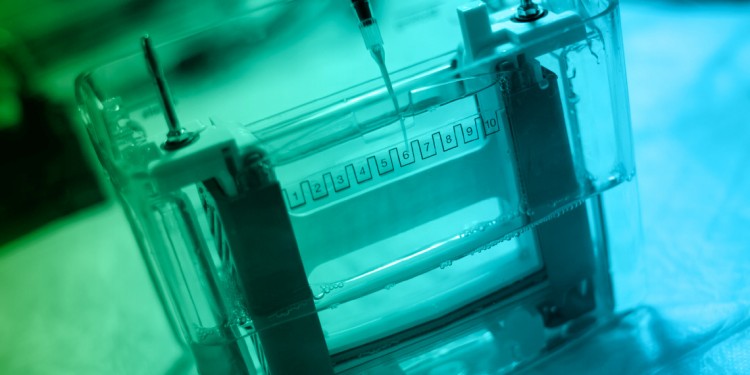
TGX Stain-Free™ Precast Gels Facilitate LDL Research on Potential New Drug Targets

Novel V3 Western Workflow™ Revolutionizes Protein Research

ChemiDoc™ MP Imaging System

Gel Doc™ EZ Imaging System – A Tale of Speed and Simplicity in Two Cities
